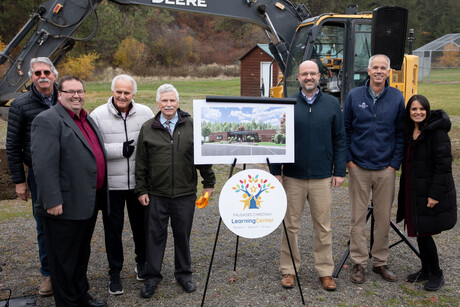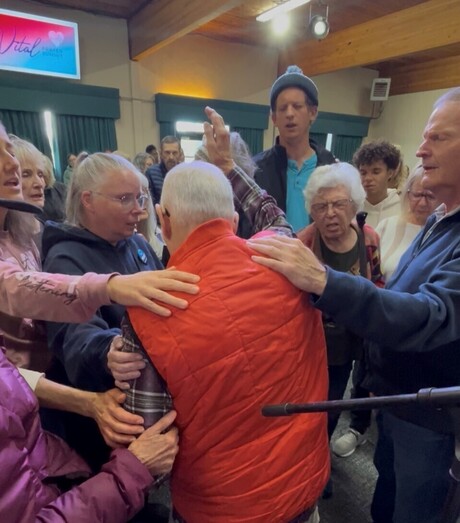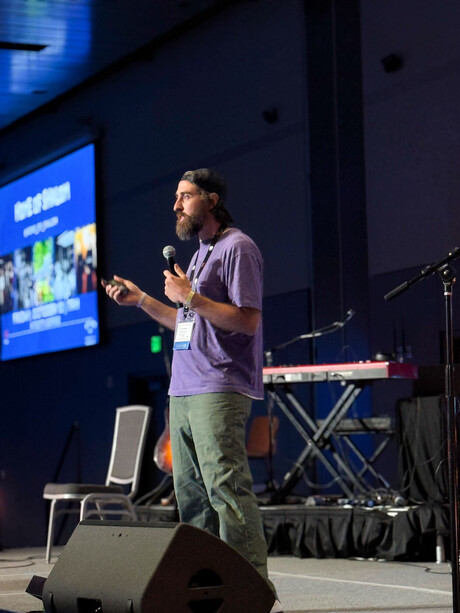Upper Columbia Conference (UCC) delegates met Sunday, Sept. 30, at Upper Columbia Academy in Spangle, Wash., and overwhelmingly elected Max C. Torkelsen II, president, Doug R. Johnson, vice president for administration, and Jon Corder, vice president for finance, to continue in their positions for the coming four-year term.
The vice president titles represent a delegate-approved adjustment in the conference constitution and bylaws which changes the nomenclature for the executive secretary, treasurer and director of education to vice president.
Delegates also appointed directors Garrett Caldwell, communication; Gerald Haeger, ministerial; Wayne Hicks, family life and Pathfinders; Art Lenz, information and technology services; David Livermore, personal evangelism and discipleship; Richard Parker, youth; Wayne Searson, trust; Herman Schreven, Adventist Book Center; Jay Sloop, health; and Patsy Wagner, development services.
Due to the recent departure of Keith Waters to an associate position at the North Pacific Union Conference, the vice president for education position was unfilled at constituency time.
Last year the UCC celebrated its 125th anniversary. In 1880 the conference started with only four churches and 119 members. Today there are more than 24,000 members and 125 churches, groups and companies throughout the Inland Northwest. While the Colfax and Juliaetta churches were officially closed during this session, delegates had the joy of officially accepting six new congregations into the sisterhood of conference churches—Anchor Point in Stanfield, Ore.; Grandview Spanish; Kettle Falls; Summit Northwest Ministries in Post Falls, Idaho; Sunnyside Spanish; and Wenatchee Abundant Life.
Torkelsen challenged the delegates to prayerfully support an ambitious strategy that addresses the questions of discipleship and outreach with innovative approaches in five areas: 1) Growth—inspire and empower the members to make Spirit-led, intentional and meaningful contact with the 1.8 million people in the conference within four years; 2) Resources—allocate more resources of all kinds toward the front lines of mission; 3) Leadership—prioritize the training and nurturing of dynamic and committed leaders to accomplish our mission; 4) Relationship—initiate revival and renewal by following the example of Christ in earnest prayer, Bible study, service and meaningful Sabbath experience; and 5) Accountability—develop biblical strategies for holding members and leaders accountable to our mission and to each other.









